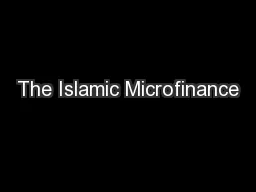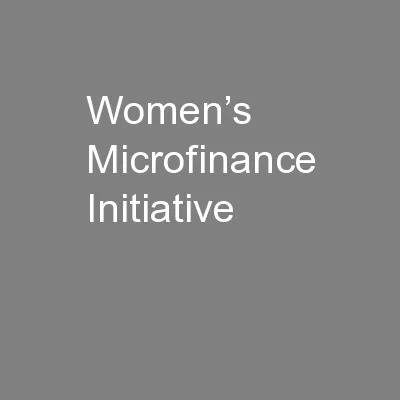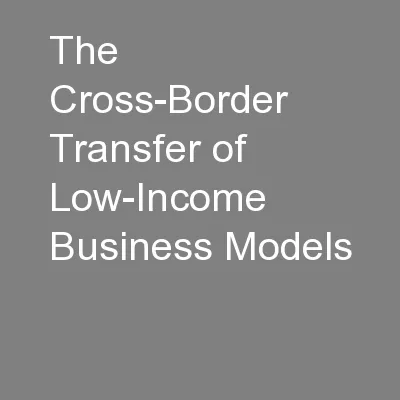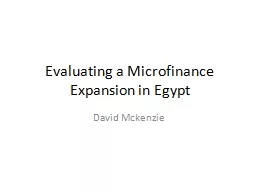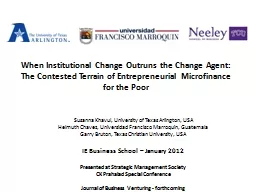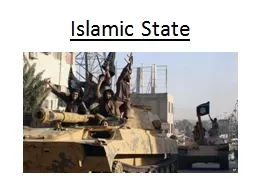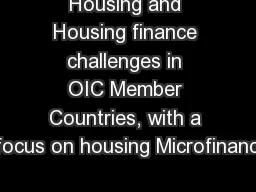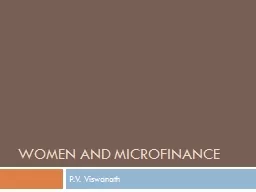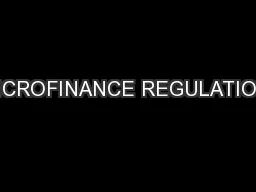PPT-The Islamic Microfinance
Author : celsa-spraggs | Published Date : 2016-09-02
Initiatives around the Globe amp Role in Poverty Alleviation Dr Haroon ur Rashid Khan King Abdulaziz University Jeddah Saudi Arabia amp Sysco Solutions SAS
Presentation Embed Code
Download Presentation
Download Presentation The PPT/PDF document "The Islamic Microfinance" is the property of its rightful owner. Permission is granted to download and print the materials on this website for personal, non-commercial use only, and to display it on your personal computer provided you do not modify the materials and that you retain all copyright notices contained in the materials. By downloading content from our website, you accept the terms of this agreement.
The Islamic Microfinance: Transcript
Download Rules Of Document
"The Islamic Microfinance"The content belongs to its owner. You may download and print it for personal use, without modification, and keep all copyright notices. By downloading, you agree to these terms.
Related Documents

